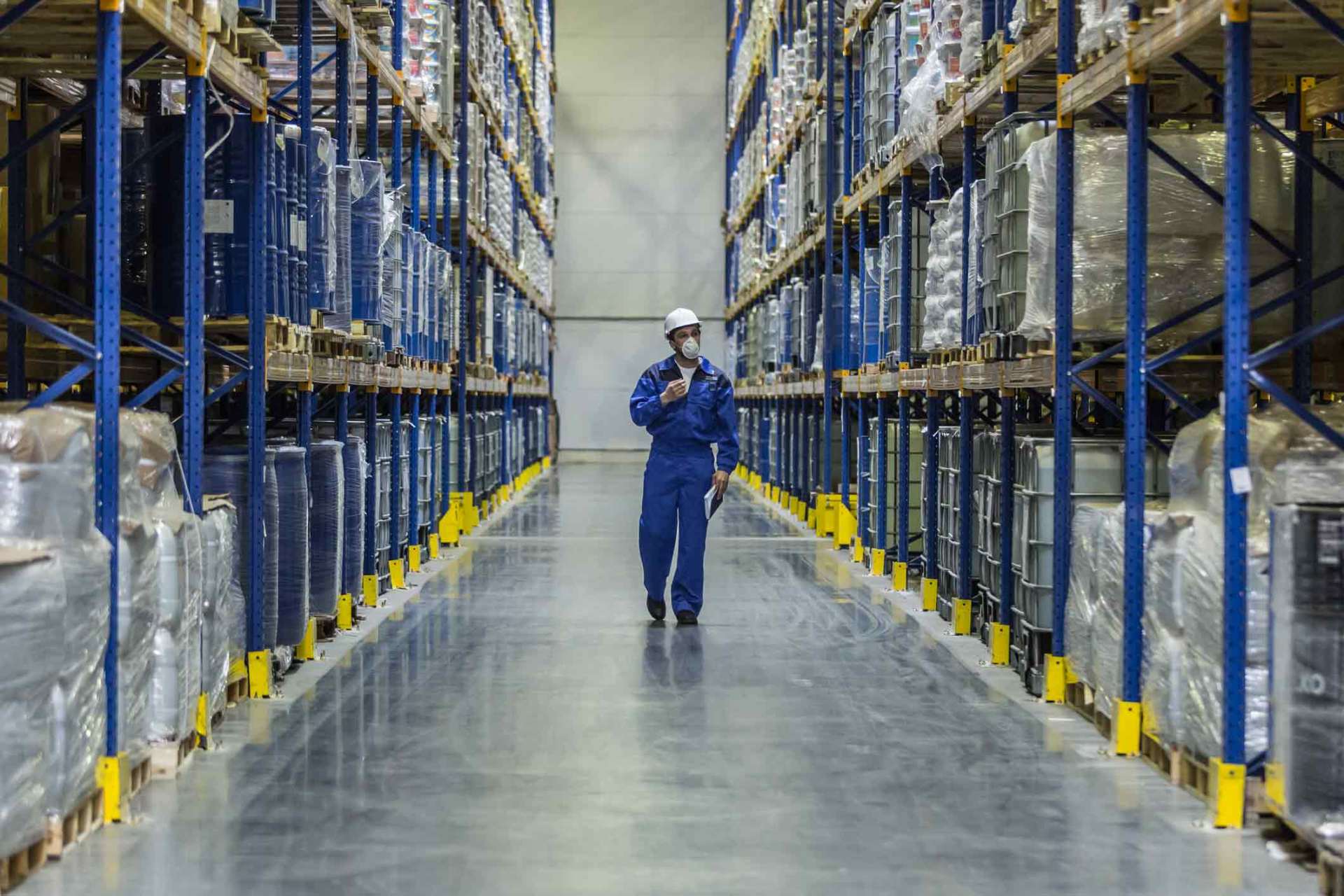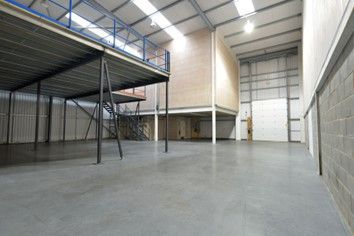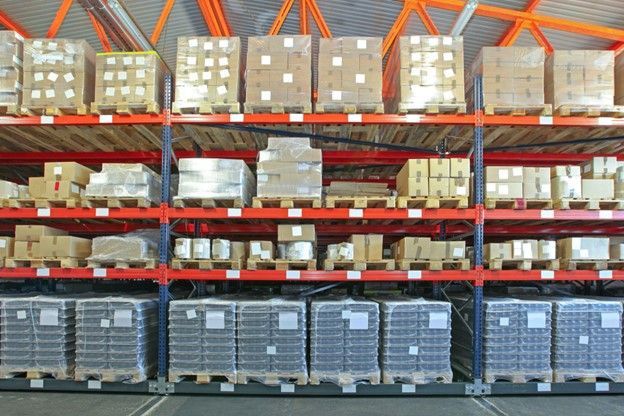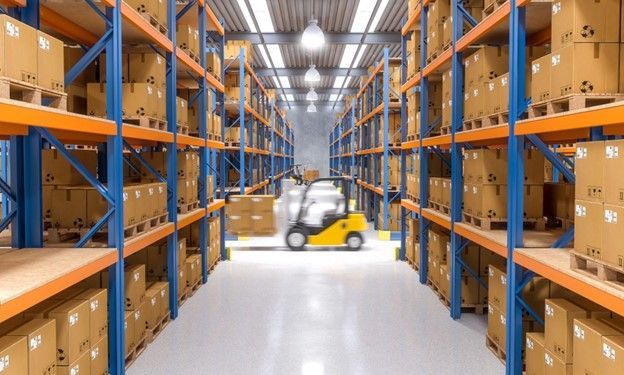5 Layout Adjustments to Keep Your Warehouse Safe From Coronavirus
- By Admin
- •
- 29 Apr, 2020
- •

As a warehouse-based business, safety is undoubtedly one of your top concerns as the COVID-19 pandemic continues to disrupt lives. And most warehouses must continue to operate, providing needed goods to individuals and businesses. How can you keep your operations going and still provide the safest environment for workers and customers? Here are a few ways to alter your layout for improved health.
1. Clear the Clutter
Anything on the floor is a potential infringement on the free movement of workers. If a pile of pallets, for instance, means two employees must move toward each other in order to pass in a walkway, you have created a potential infection point. While it may not seem like a big deal, consider how many people pass that spot during a shift or how many other congestion points there are.
Set aside time and budget for cleaning up your warehouse to rid it of unused equipment, stacks of pallets, piles of waste materials, and excess inventory. Organize supplies into proper containers, such as wire shelving, cabinets, mobile racks, or hooks and hangers. If things often become messy due to a lack of storage space, increase available shelving - perhaps by making better use of vertical space.
2. Organize for Efficiency
Efficient movements during the pandemic are even more important than normal. If a picker must walk or ride a forklift all around the warehouse, he or she comes into much more contact with others and touches many more surfaces than someone who makes a targeted trip and returns using the most efficient route.
Planning an efficient layout is a challenge, and you may want to consult with a professional. But any steps you take to maximize efficiency for pickers will be steps toward safety.
3. Separate Break Areas
While employees enjoy gathering during the day to take a break together, now may not be the time. Instead of grouping break areas into one or two large rooms with lots of tables or chairs, separate these into smaller break areas for individual department or sector employees. And place items so as to avoid creating traffic jams, such as setting up two or three microwaves instead of forming a line for one.
4. Use Paint and Markings
Mark up your warehouse to help encourage social distancing on the job. Good markings help your employees in several ways. First, they take some of the burden off them because the company leads the way in social distancing. And they give clear indicators that are harder to ignore and easier to enforce.
How might you improve distances? Designate two walkways on either side of a forklift travel path, for instance, and mark them with painted or taped lines. Create station markings on the floor to help people avoid wandering into other people's work spaces. And craft a clear waiting area for pickup customers to stand before being helped or receiving their order.
5. Create Helpful Barriers
Most coworkers have a hard time keeping the recommended distance from one another. As people get busy, they often forget. Or they may simply feel that they have to move closer in order to do a task. If marking and reminders aren't quite doing the trick, consider adding physical barriers.
Barriers could be done in a subtle way, such as by adding a row of pallet shelves where people tend to congregate unnecessarily. You may also be able to reposition equipment so that workers at side-by-side stations can work in different directions or have a permanent barrier between them.
Moving things around within the warehouse will help keep your workers safe and your business free of interruptions. Want more ideas about how to adjust your layout? Talk with the warehouse experts at Lone Star Pallet Rack today.







